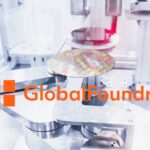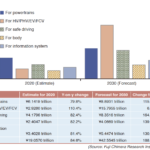ASIA ELECTRONICS INDUSTRYYOUR WINDOW TO SMART MANUFACTURING
Kioxia, Western Digital Open New Fab7 Plant
Kioxia Corporation and Western Digital Corporation have celebrated the opening of the state-of-the-art semiconductor fabrication facility at the Yokkaichi Plant in Mie Prefecture, Japan. Accordingly, the production capacity at Fab7 will ramp up in stages over time, in line with market trends.
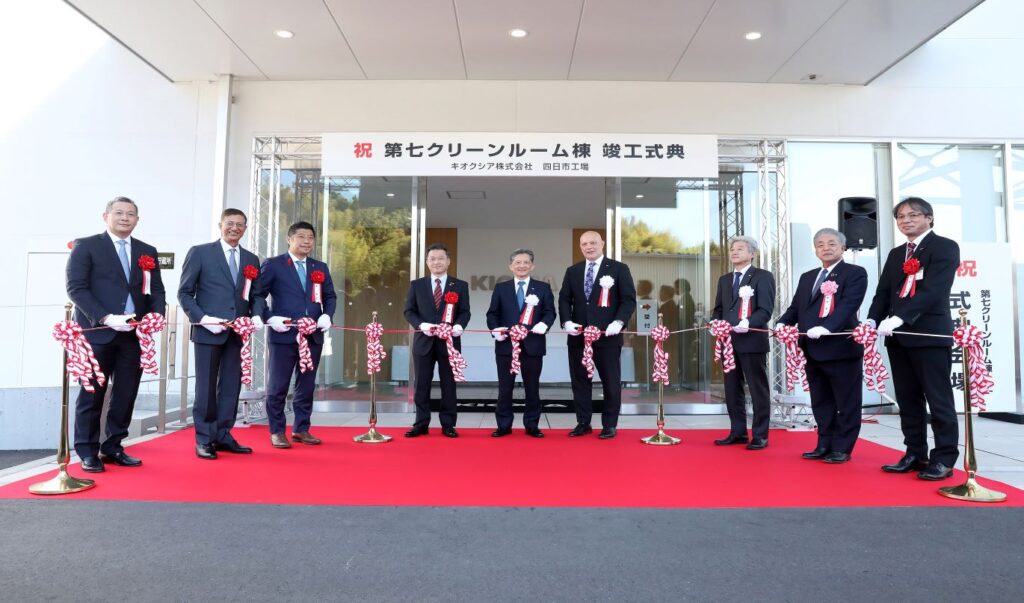
The companies said total investment is around ¥1 trillion. A government subsidy will fund part of the capital investment in phase one of the Fab7 facility. Consequently, the government subsidy aims to promote cutting-edge semiconductor production facilities and ensure the stable production of semiconductors in Japan.
Advanced IC Manufacturing Facility
Fab7 has the capability to produce sixth-generation, 162-layer flash memory and future advanced 3D flash memory. The facility will start shipping 162-layer flash memory in early 2023.
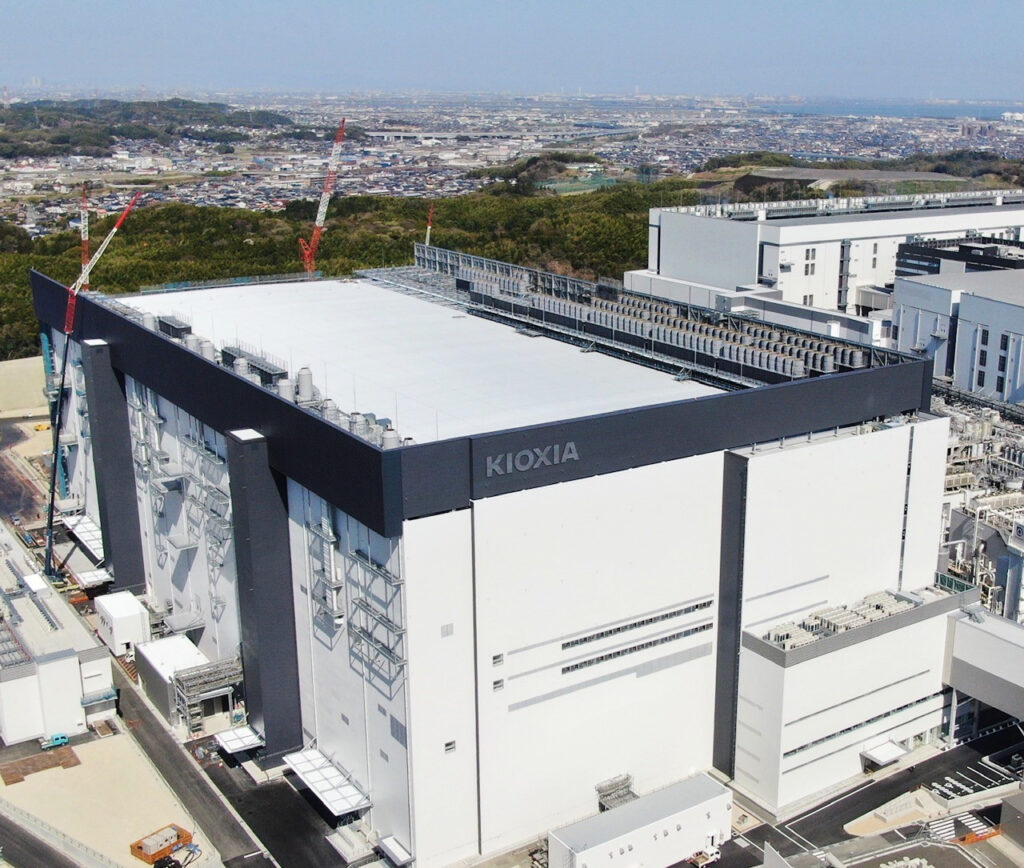
To illustrate, the facility uses artificial intelligence for enhanced production efficiencies and employs a space-efficient facility design that enlarges the space available for manufacturing equipment in its clean rooms. Hence, the Fab7 offers safety and sustainability, capable of absorbing earthquake shocks. At the same time, it implements the latest energy-saving manufacturing equipment.
Nobuo Hayasaka, President and CEO of Kioxia Corporation said, “Fab7 is the latest and most technologically advanced semiconductor manufacturing facility in Japan and will be indispensable for Kioxia’s future.” In addition, Hayasaka said long-term global demand for memory products will increase as the world consumes more data across a variety of connected devices.
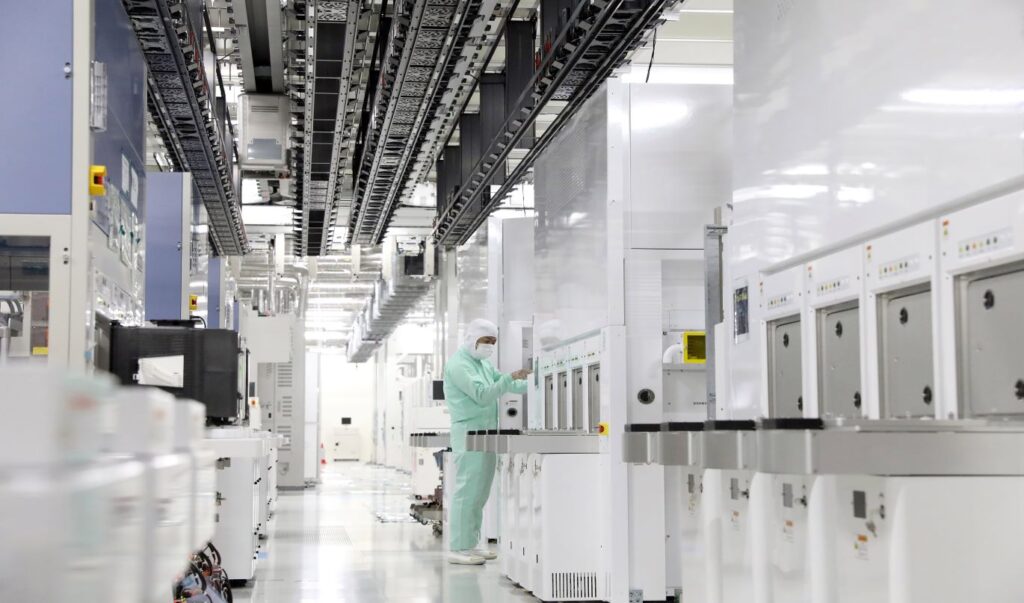
Dr. Siva Sivaram, President, Technology & Strategy of Western Digital said, “With its innovative design and production efficiencies, the new Fab7 facility underscores Western Digital’s commitment to deliver sustainable memory and storage technologies to our customers globally. We value our tremendous relationship with Kioxia and celebrate this milestone as we continue to drive long-term success together.”
Kioxia and Western Digital have shared a successful joint venture partnership for over 20 years. Moreover, they will continue to maximize synergies and competitiveness through joint development of 3D flash memory.


